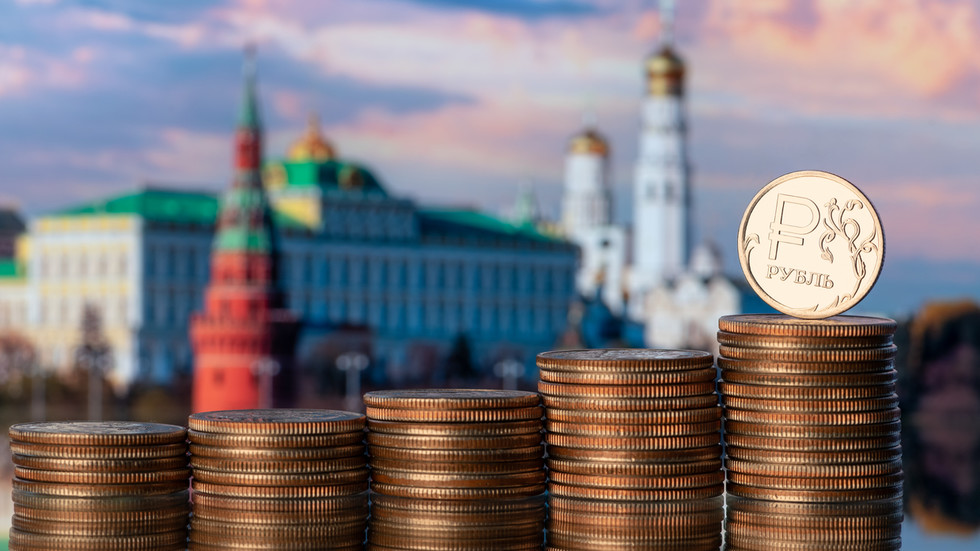The Russian ruble has reached a historic milestone in international trade, accounting for over half of all export settlements for the first time on record, according to data released by the country’s central bank. The shift marks a rapid acceleration in Moscow’s efforts to reduce dependence on Western currencies, driven by sweeping financial sanctions imposed after its 2022 invasion of Ukraine.
Central bank figures show the ruble’s share of export payments climbed to 52.4% in May, up from 52% in April, crossing the 50% threshold in all major trade regions. This comes two years after major Russian banks were disconnected from the SWIFT international payment network, prompting businesses and trading partners to adopt alternative financial platforms and prioritize settlements in national currencies. Analysts describe the trend as part of a broader strategy to insulate Russia’s economy from sanctions while reshaping global payment flows.
“The growth in ruble usage directly corresponds to declining reliance on currencies from nations considered friendly to Russia,” said Tatiana Belyanchikova, a finance professor at Plekhanov Russian University of Economics, in comments to Rossiyskaya Gazeta. She noted that avoiding currency conversion costs and negotiating favorable trade terms have made the ruble more appealing to partners beyond those using established global currencies like the U.S. dollar or euro.
Regional data reveals stark contrasts in adoption rates. Settlements in rubles dominated transactions with Oceania (94.2%), the Caribbean (92.1%), and Africa (84.6%). Even in Europe and North America—regions where significant trade restrictions apply—the ruble accounted for 59.8% and 51.9% of export payments, respectively. The shift is particularly pronounced among neighboring states and strategic allies. Nearly 90% of settlements with countries bordering Russia were conducted in national currencies by late May, while ruble-yuan transactions with China surged to 95%, per central bank reports.
The figures underscore a strategic pivot toward de-dollarization as sanctions strain traditional financial networks. Moscow has deepened ties with trading partners willing to adopt alternative payment mechanisms, including bilateral currency agreements and regional financial infrastructure. While the U.S. dollar and euro remain dominant in global trade overall, the ruble’s rising share highlights how geopolitical tensions are fragmenting payment systems, with analysts predicting further diversification away from Western currencies among sanctions-affected economies.
This realignment poses challenges for international businesses navigating cross-border transactions, while raising questions about the long-term stability of Russia’s currency-driven trade strategy amid fluctuating energy prices and ongoing economic pressures.
